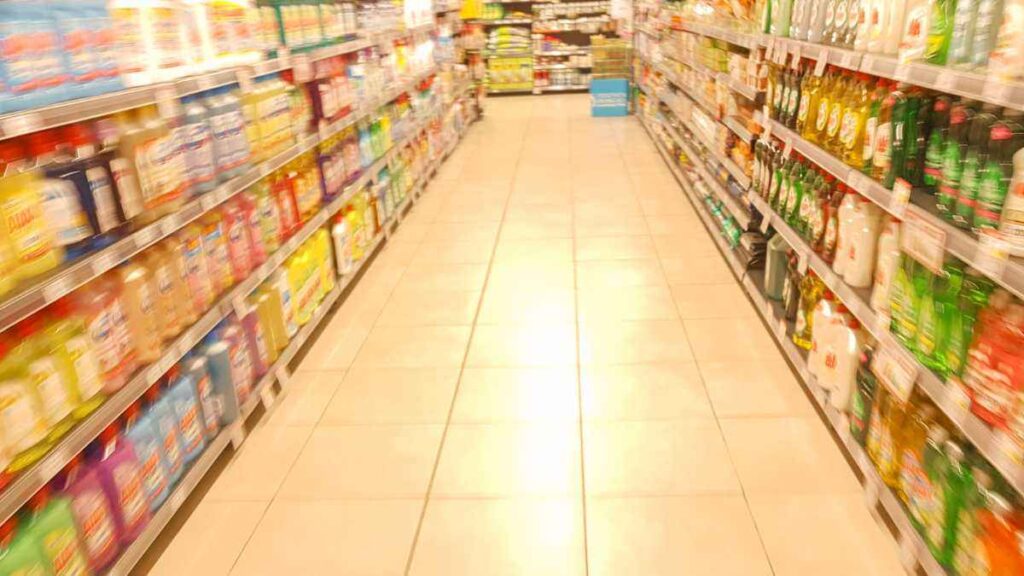A shelf audit is a process of evaluating and analyzing the condition of shelf space in retail stores. This procedure helps retailers and manufacturers ensure that products are displayed effectively and in accordance with planograms, enhancing the visibility and accessibility of products for customers.
Importance of Shelf Audits
- Sales Optimization: Proper product placement on shelves directly impacts sales volumes. Products positioned at eye level attract more attention and are more likely to be purchased.
- Inventory Control: Audits help identify stock shortages in a timely manner, preventing both shortages and surpluses. This is particularly important for perishable goods.
- Planogram Compliance: Planograms are schematics of product placement on shelves, designed to maximize sales. Audits help verify compliance with these schematics.
- Enhanced Customer Experience: Conveniently located products improve the overall shopping experience, promoting customer loyalty and repeat purchases.
- Competitive Edge: Regular audits help stay ahead of competitors by ensuring better product presentation.
Shelf Audit Process
- Preparation: Define the objectives and scope of the audit. Prepare necessary tools and equipment, such as tablets or mobile devices with installed audit software.
- Data Collection: Document the current state of the shelves, take photographs, and record data on product availability, price tags, and promotional materials.
- Planogram Comparison: Analyze the conformity of actual product placement with the approved planogram.
- Issue Identification: Detect issues such as empty shelves, incorrect product placement, missing price tags, and other materials.
- Recommendations and Corrections: Develop recommendations for improvements and make necessary adjustments and updates.
- Reporting: Compile a detailed report with audit results, including photographs, identified issues, and proposed solutions.
Technology in Shelf Audits
Modern technologies significantly simplify and expedite the audit process. Special applications for mobile devices allow for automated data collection and analysis. Artificial intelligence and machine learning can be used for automatic product identification and problem zone detection on shelves.
Shelf audits are an integral part of successful retail business operations. Regularly conducting these audits helps optimize product placement, improve inventory control, and enhance overall customer service. Utilizing modern technologies makes the process more efficient and accurate, providing a competitive advantage in the

